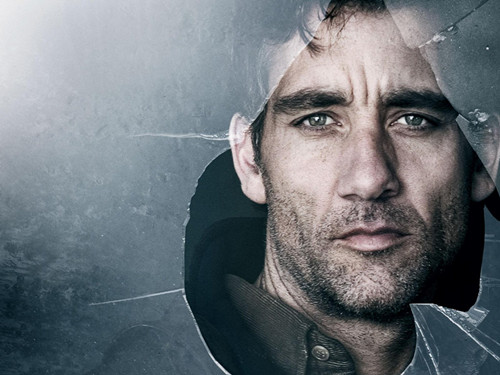
Long take. One-shot. Oner. Continuous take. Different terms for the same principle: An uninterrupted (or seemingly uninterrupted) shot in a movie. And with these shots come various difficulties. Lengthy dialogue which needs to be memorised. Difficult choreography of all the moving elements in the frame. Various lighting conditions. Hard working conditions for the cinematographer but also for other crew members. And all of these things have to come together in perfect harmony for it to work.
The longer the shot goes for, the more difficult this becomes to achieve of course. Not only because of the logistics involved but imagine the build-up of pressure on everybody involved. If the shot has been going for several minutes and you’re the one to stuff something up, the whole thing will have to be shot again, which usually involves a lot of lost time and/or money, not to mention frustration. The longer the shot goes for, the more the pressure increases.
The long take is an art form and understandably a bit of a passion or even a calling card for some directors. And when done properly, the results are often some of the highlights and most memorable parts of the films they appear in. This list is testament to that.
15. Oldboy (2003) – The hallway fight scene, 2 minutes 34 seconds
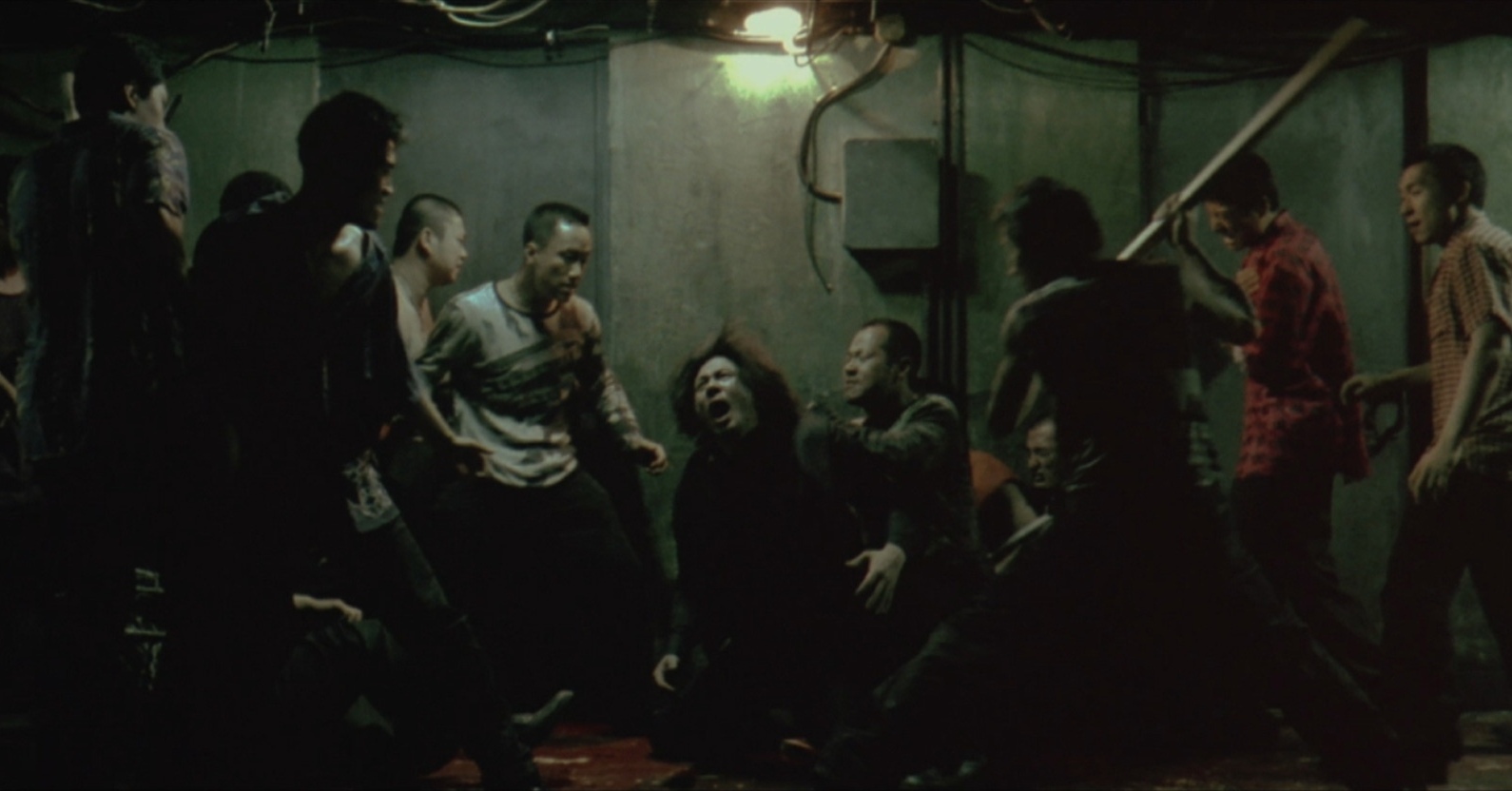
This might be the shortest shot on this list and take place in only one location but what it lacks in complexity, it makes up for in visceral impact. After the protagonist has been jailed in solitary for 15 years, for reasons which are unknown to him, he comes out with only one thing on his mind: vengeance. This scene takes place later on in the movie after he has found the location where he was being kept all those years and pays it a visit to try to find some answers.
The scene sees our main character fight his way through a plethora of goons in a corridor armed only with a hammer whilst the camera pans along with his progress. And boy does it make you sit on the edge of your seat. It took seventeen takes spread over three days to get this scene right and the only doctoring with the footage is the knife which is stuck into our hero’s back, which was added via computer generated effects in post-production. If you haven’t seen this film, please do not opt for the recent Spike Lee remake, the original is where it’s at.
14. Atonement (2007) – Dunkirk scene, 5 minutes 7 seconds
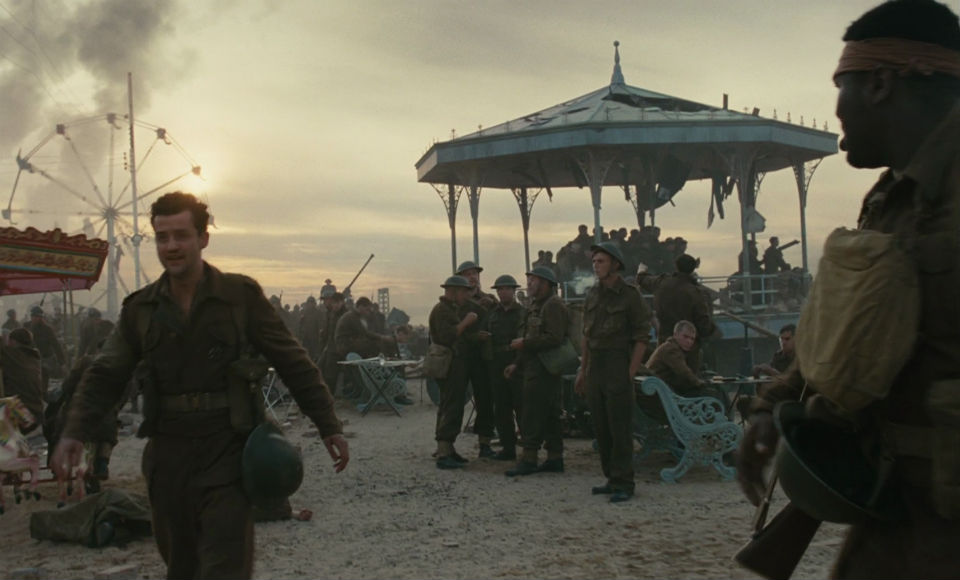
In stark contrast to Oldboy, this scene is all about the grand scale of what is on display, which adds to the already in itself impressive five minute plus steadicam shot. A giant location and more than 1300 extras were used to convey the madness going on in Dunkirk and it is this scene that sticks with you after having seen this movie.
The scene required amazing choreography and coordination as all those extras scramble along the beach whilst vehicles move around, guns and explosions go off, horses are being shot and choirs sing to convey the madness of the British forces as they are desperately waiting to be transported back to England after their defeat.
This one shot conveys the chaos, tragedy and absurdity of war brilliantly and might be the second most impressive shot on this list as far as sheer scale and complexity are concerned whilst the number one in that category actually tops this list.
13. Hard Boiled (1992) – Hospital shoot-out, 2 minutes 42 seconds
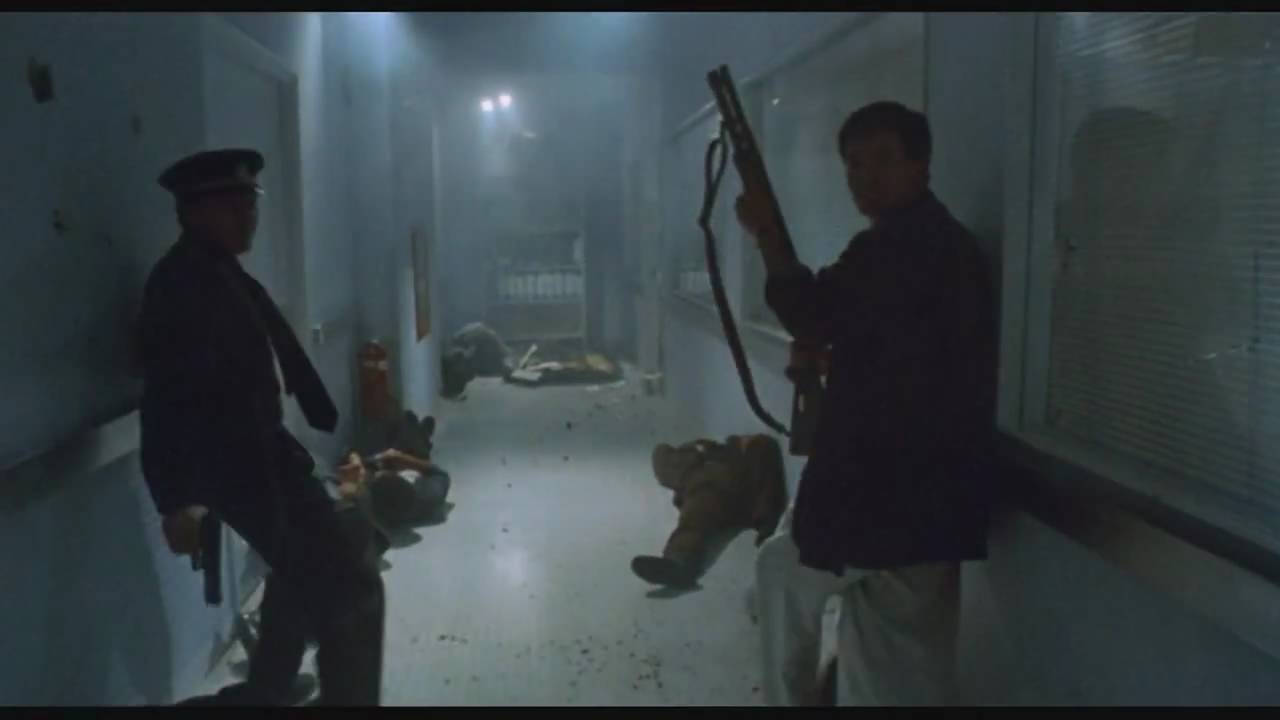
The first action-packed continuous take with lots of fire power on this list is nearly three minutes of explosive mayhem by the master of the bullet ballet, John Woo. Armed with just a few handguns and a shotgun, two cops make their way through the halls of a hospital filled with baddies, including an elevator ride to get to another floor and continue, in what can best be described as the closest approximation of a first person shooter on film.
John Woo was already renowned for his completely over the top shoot-outs but this scene from Hard Boiled topped them all and was his last calling card before leaving Hong Kong and starting a career in Hollywood. Possibly the best shoot-out ever filmed and certainly the greatest to ever have been choreographed in one uninterrupted take.
12. Hunger (2008) – Conversation scene, 16 minutes 30 seconds
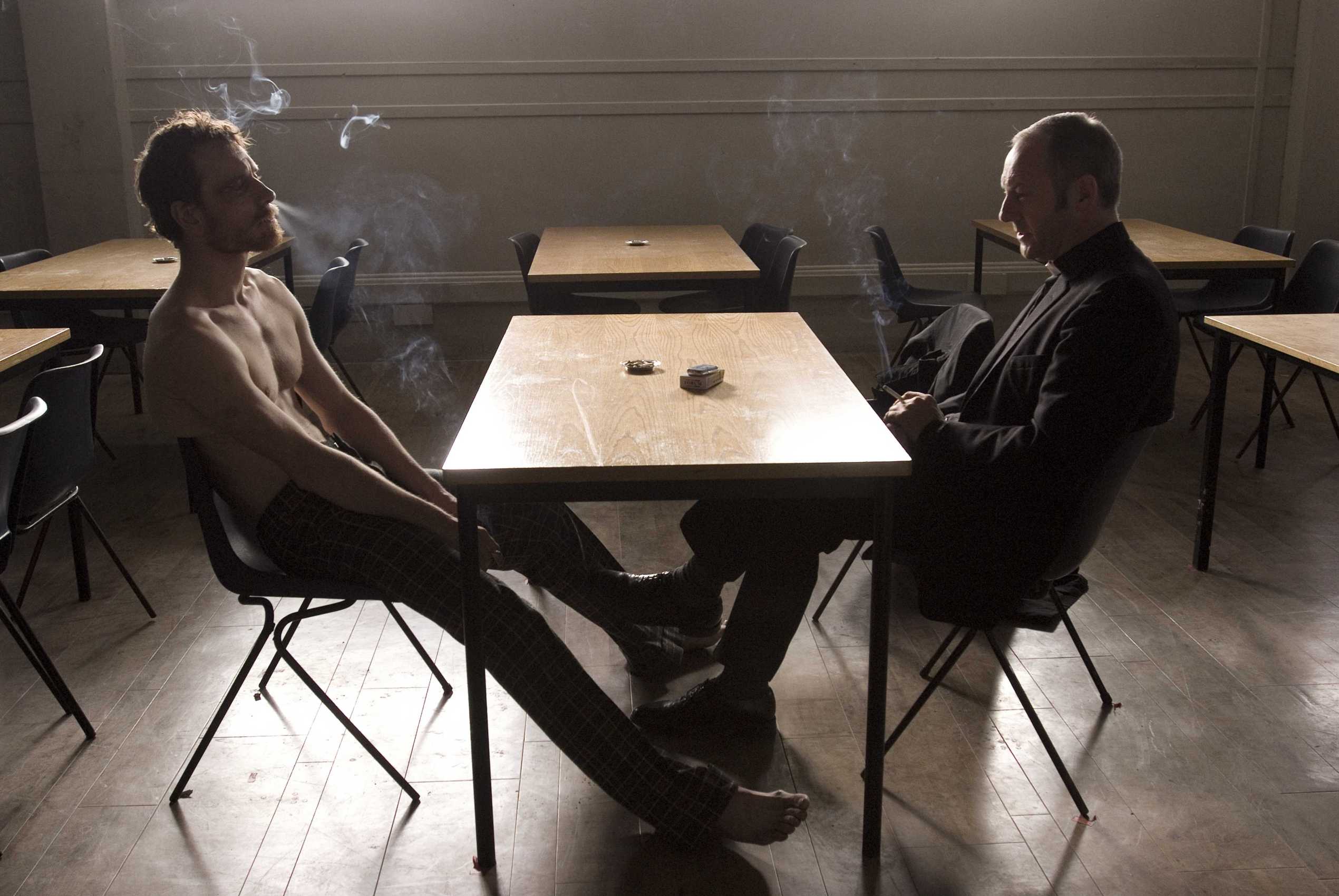
It’s not always scale, complexity and mayhem that are required to make an impressive long take. This scene from Steve McQueen’s directorial debut features two actors, Michael Fassbender and Liam Cunningham having an uninterrupted conversation for 17 minutes straight whilst the camera remains static for the entire duration of the shot.
The movie deals with the second horrible IRA hunger strike in Maze prison in 1981, which resulted in the death of ten inmates. Fassbender plays Bobby Sands, the leader of the strike, and Cunningham plays Father Dom, his priest, who tries to talk him out of this extreme form of protest.
Apparently Cunningham moved into Fassbender’s apartment for some time to be able to rehearse the scene from twelve to fifteen times per day. The results clearly show this dedication as this is a truly impressive and mesmerising piece of acting on display here. This is the scene you are most likely to remember long after the credits of this movie have rolled.
11. Tom Yum Goong (The Protector) (2005) – Staircase fight scene, 3 minutes 55 seconds

Another Asian film and another kick-ass long take, quite literally this time. Let’s start by pointing out that Tom Yum Goong is a truly horrible film. You can basically not sit through it, even if you fast forward the thing. But what it does have is some of the most amazing fight sequences to have ever been put on film and this continuous take is one of them.
The camera follows our hero, Tony Jaa, as he fights his way through three floors of bad guys via a large winding staircase, which he keeps throwing them off from. The best thing about this shot is that you can actually see the toll it takes on Jaa. As he gets to the top floor, he’s still going strong but the fatigue is visible.
The scene took over a month of preparations and five takes before they finally got it in the can. If you ever see this movie, please just watch this scene, the Tekken-like tournament in the middle of the film and the bone-crushing finale, which puts even Steven Seagal to shame. No matter how bad a movie this is, these scenes are absolutely worth the price of admission alone for any martial arts or action film aficionado.
10. Gravity (2013) – Opening shot, 17 minutes
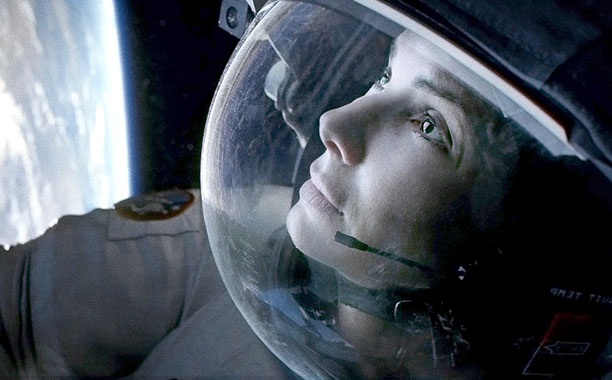
The first entry on this list by Mexican director Alfonso Cuarón. His one-takes have the illusion of being continuous but are in fact made up of various shots, which have been edited seamlessly together in post-production with the help of modern computer wizardry, a technique he first used in Children of Men (we’ll get to that one later).
Gravity took things even further with its space setting, which allowed the camera to move around freely in all three dimensions, thereby creating truly ground breaking cinematography and pushing cinema into previously impossible places, both literally and figuratively.
The film features various long takes but the 17 minute opening rules supreme and completely draws you into the movie from the moment the first image hits your iris. Gravity might be the most visceral experience ever put on film and if you didn’t do so yet and if you ever get the opportunity again, see this on the biggest screen possible and in 3D to boot It is not just the long takes, the whole film is a technological marvel.
9. Boogie Nights (1997) – Opening Shot, 2 minutes 54 seconds & New Year’s Eve Scene, 2 minutes 47 seconds
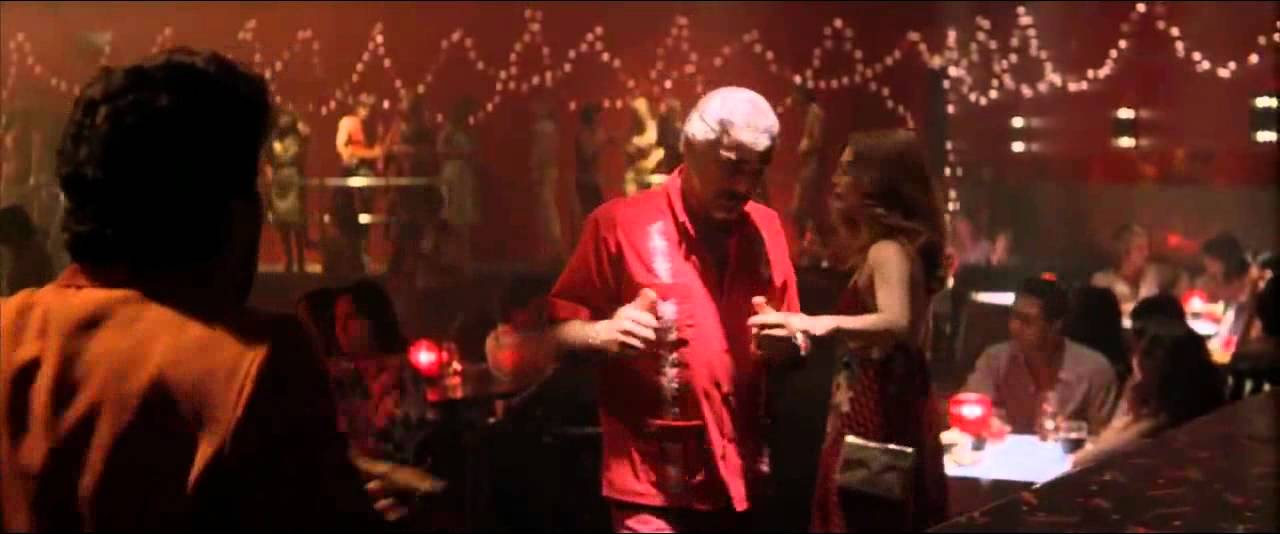
Boogie Nights does not have one but two excellent scenes which consist of a continuous shot. The first one is once again the opening of the movie in which we follow Burt Reynolds enter a club from the street. The shot starts of on a crane to show us the title of the movie on a billboard and swoops the street as Reynolds drives up to the club and then switches to a steadicam as he arrives at the club and enters. The amazing thing here is that the shot manages to introduce us to no less than seven of the main individuals in the film and characterise them as well as we see them doing their thing in the club.
The second scene involves William H. Macy at a party where he finds his wife in bed with another man and ends up shooting them as a result. We follow William enter the party from outside, walk through the party, find his wife in a bedroom, walk all the way back outside to his car to grab and load a gun and walk back in again to kill the lovers in bed.
With Boogie Nights, Paul Thomas Anderson introduced himself as a major new talent in Hollywood and these two scenes were prime examples of his talents as a director.